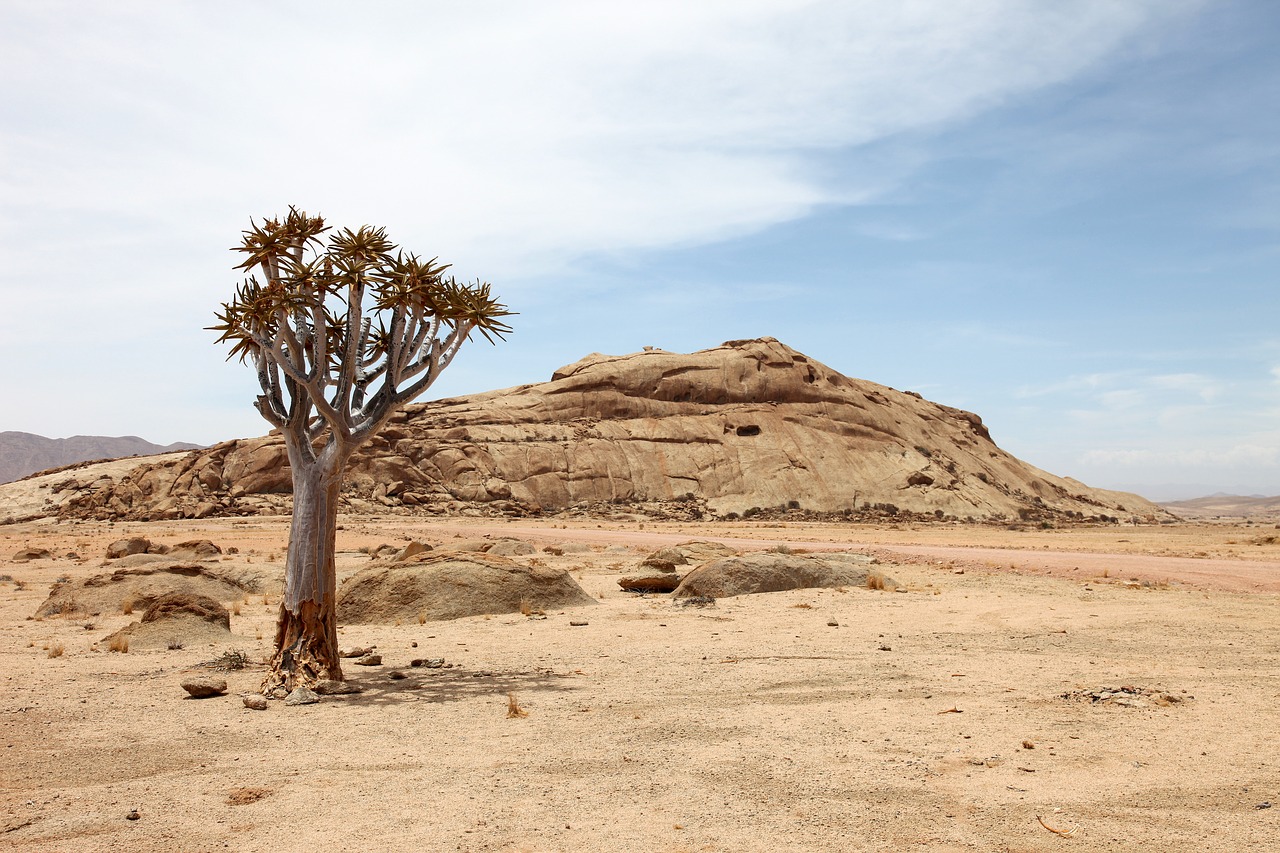How Climate Change’s Effect on Agriculture Can Lead to War
Author: Ryan Bort | Published: February 17, 2017
On February 12, the temperature in Magnum, Oklahoma, reached 100 degrees. It was a state record for the month of February, besting a mark that was set in 1918. The average February high in Magnum is 56.
Many see the unseasonably warm temperature as yet another undeniable sign of climate change, but won’t likely be heeded by Oklahoma Senator James Inhofe, who famously brandished a snowball on the Senate floor in 2015 in an effort to prove that climate change was not real. Inhofe’s views have been echoed by the current president of the United States, Donald Trump, who famously tweeted in 2012 that climate change is a hoax perpetrated by the Chinese to “make U.S. manufacturing non-competitive.” Trump’s pick to lead the Environmental Protection Agency, Oklahoma Attorney General Scott Pruit, is a known climate change denier who has written that the debate surrounding the “extent of global warming” is “far from settled.”
Most of the rest of the world isn’t so cavalier in dismissing what many see as the 21st century’s greatest threat to humanity. At this week’s World Government Summit in Dubai, the subject of climate change had a prominent place in discussions led by the world’s preeminent scientists, professors, business leaders and heads of state. In particular focus was the effect climate change could have on the world’s food supply, which most agree will be catastrophic if both the public and private sectors don’t do enough to combat rising temperatures.
“The implications are enormous,” said Dr. Thomas Homer-Dixon of the Waterloo Institute for Complexity and Innovation. “It affects every aspect of the global food supply around the planet.”
Much of the concern is over temperatures exceeding the scope of what modern agriculture was developed to withstand. “It’s going to be radically different from what we’ve seen before,” Homer-Dixon explained. “The variation in temperature has been within .75 degrees over a period of almost 1,500 years, and this century we’re moving far outside of this envelope in which human beings laid down their industrial infrastructure, their agricultural systems, their irrigation systems, their road networks and their ports.”

